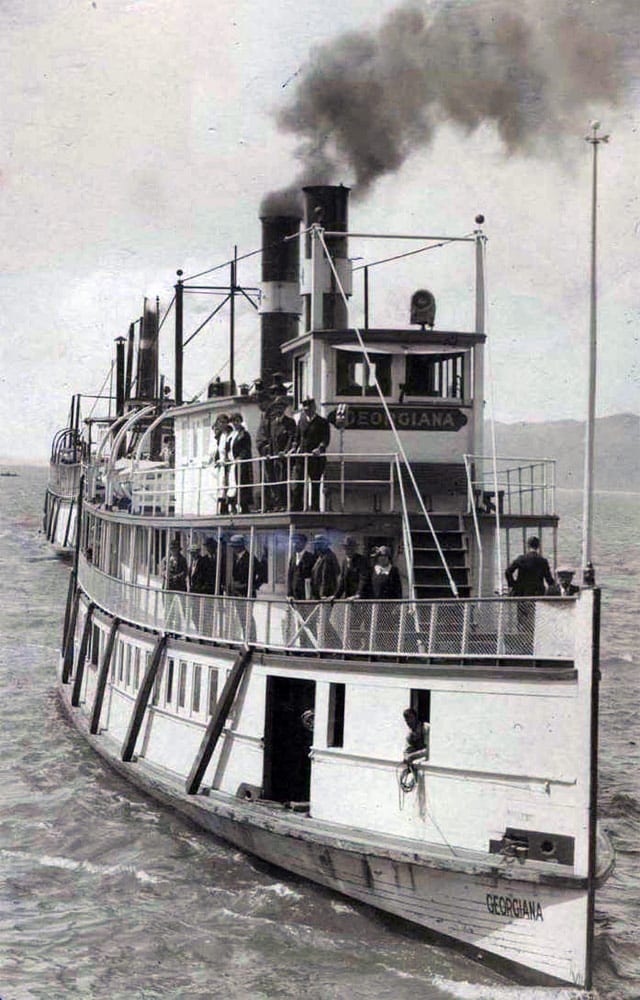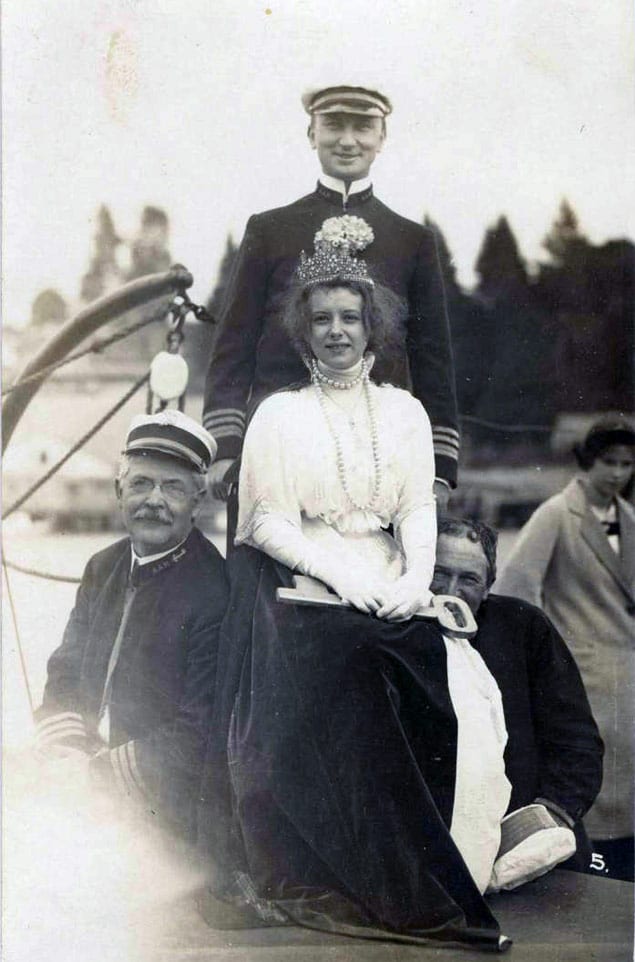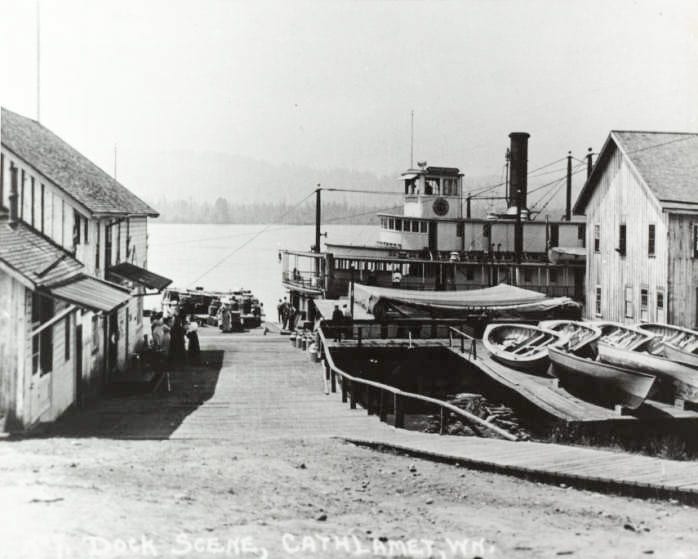
Wahkiakum County
(PRONOUNCED WUH-KI-UH-KUHM)
Wahkiakum County lies near the mouth of the Columbia River in southwest Washington. It is named for the Wahkiakums, as the people whose villages once occupied the area were called by the explorers, traders, and settlers who arrived in the early nineteenth century.
Cathlamet, the county seat and only incorporated town, is named for a related group who founded it some time before the Birnie family, the county’s first pioneers, settled there in 1846. The Washington Territorial Legislature established Wahkiakum County in 1854.
Native Peoples
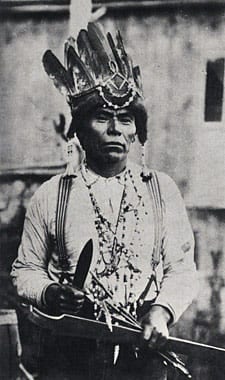 The original inhabitants spoke a variety of languages in the family known as Chinookan.
The original inhabitants spoke a variety of languages in the family known as Chinookan.
The Chinook Nation is a confederation of the five westernmost tribes of Chinookan people: the Lower Chinook, the Clatsop, the Willapa, the Wahkia-kum, and the Kathlamet. Chinookan tribes once stretched from the Pacific Ocean up to the Dalles
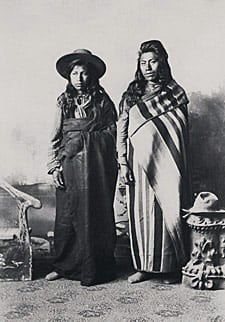 Non-Indian explorers attempted to identify the tribes, and their accounts gave the name Wahkiakum (said to mean tall timber) to the residents of all the villages along the north bank of the Columbia. Villagers were labeled Cathlamet (said to refer to a rocky stretch of river channel). In fact, people on both sides of the river spoke the same Chinookan language.
Non-Indian explorers attempted to identify the tribes, and their accounts gave the name Wahkiakum (said to mean tall timber) to the residents of all the villages along the north bank of the Columbia. Villagers were labeled Cathlamet (said to refer to a rocky stretch of river channel). In fact, people on both sides of the river spoke the same Chinookan language.
Additional Links for Native Americans
Explorers and Epidemics
In May, 1792, American fur trader Robert Gray (1755-1806) became the first non-Indian to enter the Columbia River. He sailed upriver some 15 miles to the shallow bay on the north shore of Wahkiakum territory that is now named for him. It was Gray who named the river “Columbia” (for his ship, the Columbia Rediviva).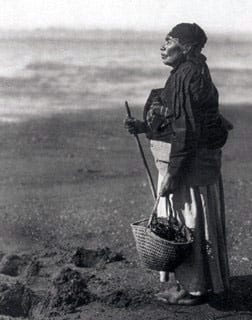
Captains Meriwether Lewis and William Clark’s expedition spent several days in the future Wahkiakum County in November 1805. On the 7th, the explorers famously but prematurely celebrated the sight of the Pacific Ocean.
Within a few years of Lewis and Clark’s departure in 1806, surviving Cathlamets from the south bank crossed the river and joined with some Wahkiakums who had abandoned an ancient village site on Elochoman Slough to establish a new village called Cathlamet, it became one of the largest Indian centers on the lower Columbia, the site of the first white settlement in the future Wahkiakum County, and eventually the county seat.
Traders and Settlers
In the 1830s, James Birnie organized a salmon-salting station near Pillar Rock during the salmon run, to acquire and preserve fish caught by the local Wahkiakum villagers.
Even as the Chinookan population fell, increasing numbers of American settlers were arriving. Captain John Couch opened a trading station at Bay View, “with a space of about ten feet between it and the house occupied by the old Indian chief Skamokawa. Couch bought fish from the local fishermen and salted it for sale in Hawaii.
Birnie’s Retreat
Two years later, James and Charlotte Birnie and their children became the first pioneers to settle permanently in Wahkiakum County. When James Birnie retired from the Hudson’s Bay Company in 1846, the family moved to the Indian town of Cathlamet, and opened a trading post called Birnie’s Retreat.
Rose Birnie arrived in 1850 to organize classes for her brother’s growing family, becoming the future Wahkiakum county’s first schoolteacher. Five years later she married former Hudson’s Bay clerk George Barber Roberts. The Roberts’s Cathlamet home, built in 1857 by James Birnie, was for years a social center of the growing town and is now the oldest surviving house in Wahkiakum County (it is preserved as the Julia Butler Hansen Heritage Center, having been the home of Hansen and her family for many years. The home now is the Visitors Center for the Wahkiakum Chamber of Commerce. .
Wahkiakum County
A year after Washington Territory was created in 1853, the new Territorial Legislature carved out eight new counties, including Wahkiakum.
Even after the expansion, Wahkiakum County is only 264.2 square miles in area, the third-smallest of Washington’s 39 counties and the smallest on the mainland.
William Hume began the Columbia River canning industry in 1866 when he began canning fish near Eagle Cliff in eastern Wahkiakum County. More canneries soon followed, opening all along Wahkiakum’s Columbia River shoreline.
Homesteaders and Loggers
Scandinavian immigrants also began arriving in the 1870s. As famine, overpopulation, and unemployment affected Norway, Sweden, and Finland, men and women made their way to Wahkiakum County where they could take donation land claims.
Although homestead claims were free to those who could improve them, doing so was no easy task. Most of Wahkiakum County was once covered by one of the greatest and most productive forests ever seen on Earth. Douglas fir, Sitka spruce, western red cedar, western hemlock and other huge conifers.
The mild rainy climate would grow grass well and when the trees came down, so dairy farming flourished. Creameries were built to process milk into butter and other products.
Rivers and Roads
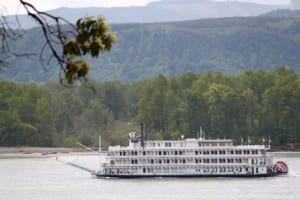 All transportation to and from the County was by Steamboat. It was not until 1917 that a road was built between Cathlamet and Skamokawa. In 1930, the state opened the portion of Ocean Beach Highway (now State Route 4) from Longview to Cathlamet.
All transportation to and from the County was by Steamboat. It was not until 1917 that a road was built between Cathlamet and Skamokawa. In 1930, the state opened the portion of Ocean Beach Highway (now State Route 4) from Longview to Cathlamet.
Farmers could get their goods to market more easily, however local creameries disappeared as milk was shipped to larger dairies in the metropolitan areas. As log trucks replaced railroads, which allowed the reach of logging even further.
Learn more about our communities: Cathlamet, Puget Island, Altoona, Rosburg, Grays River, Skamokawa and Naselle. Or visit the County website for more information.
Death of an Ancient
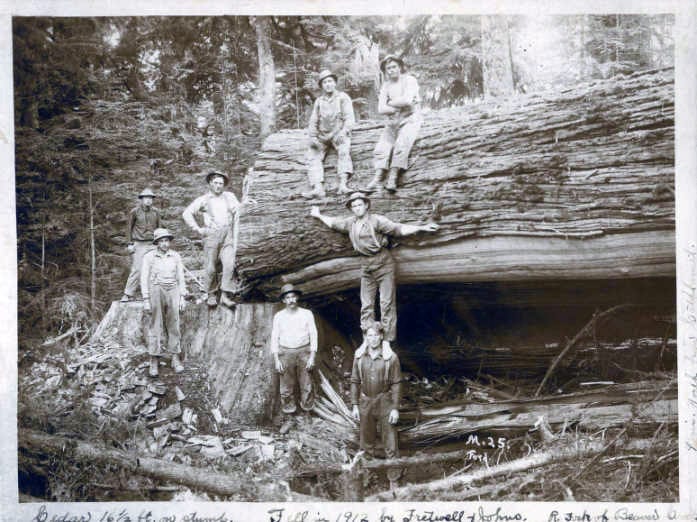
Steam Donkey
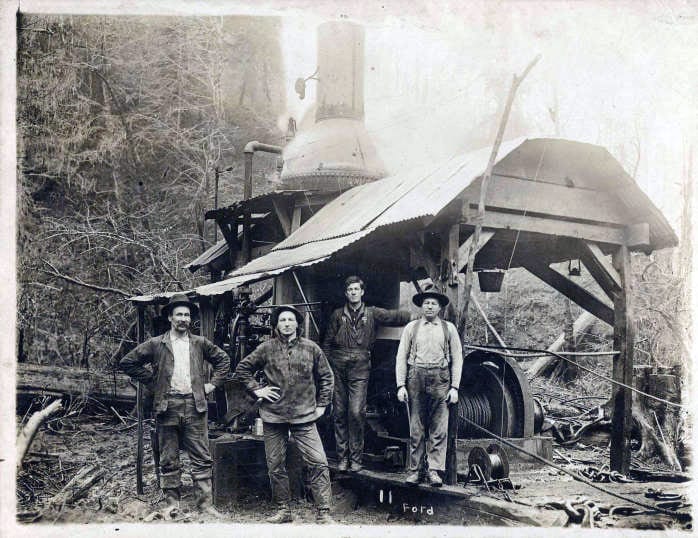
Giant Sturgeon
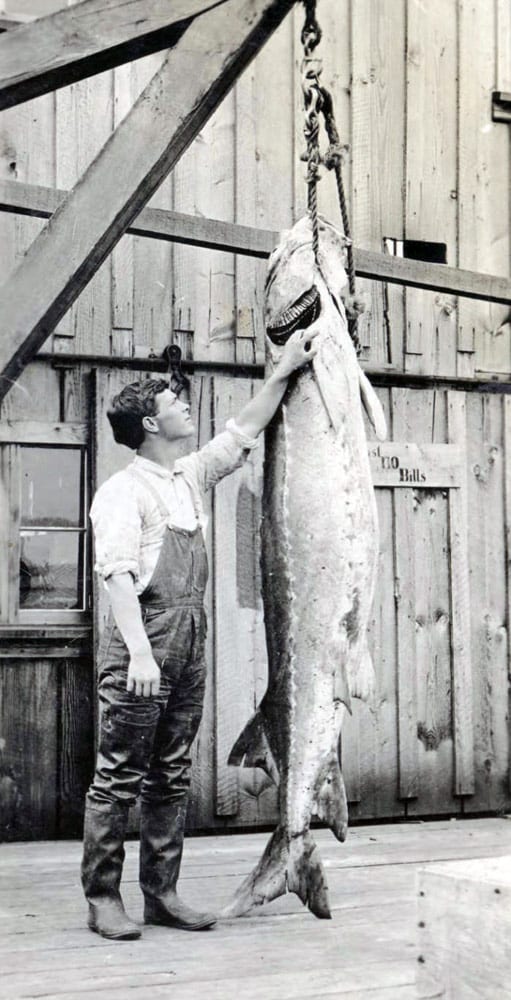
Chinook Canoe
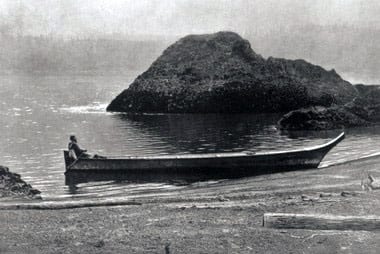
Princess Birnie
The Georgiana
